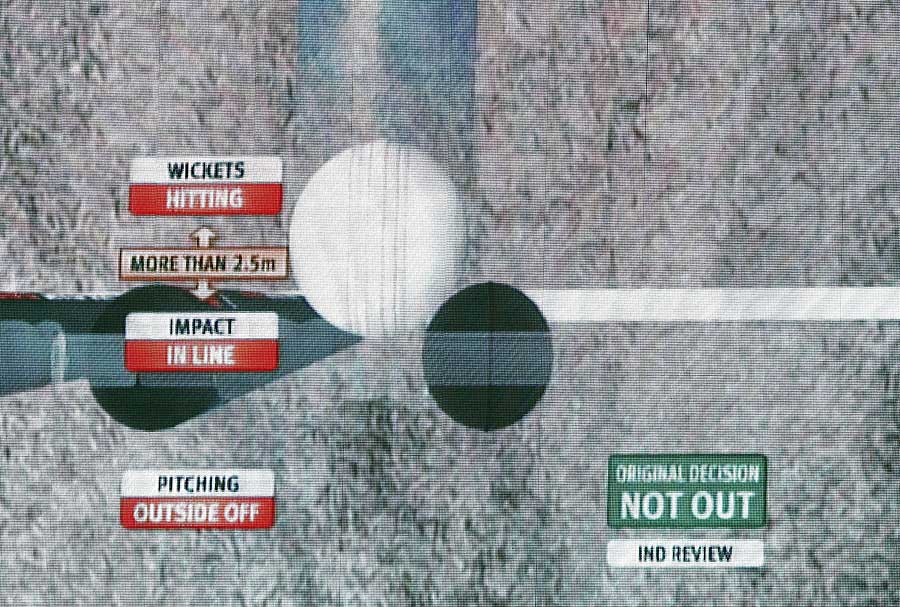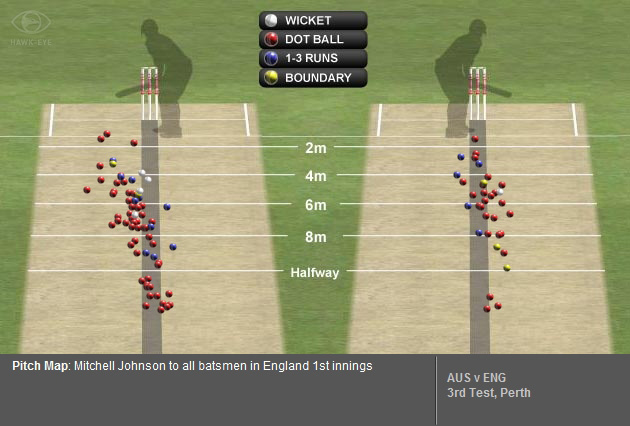Tracy McVeigh in The Guardian
There was widespread praise for millionaire parents David and Victoria Beckham when it was revealed that they had sent their eldest son, Brooklyn, to do a few weekend shifts in a west London coffee shop. And Jamie Oliver won approval for insisting that he’ll be keeping his eldest two daughters “real” by encouraging them to work in his new pub on Saturdays.
However, new research suggests that teenagers who take on a Saturday job could be damaging their GCSE grades – an effect especially noticeable in girls – even while they earn extra cash they might spend on risky behaviours like drinking or smoking.
Taking a part-time job – gaining work skills and pocket money for those teenage essentials – while studying for exams has an impact on the end results, according to the study, from the Institute for Social and Economic Research at the University of Essex.
In December the Conservative minister for business, Matthew Hancock, urged employers to create more Saturday jobs and said teenagers were missing out, after figures from the Office for National Statistics showed that the numbers of schoolchildren with part-time jobs had fallen to a record low.
The proportion of 16- and 17-year-olds working in shops, waiting on tables or having a paper round had fallen from 30% in 2000 to 15.5% in 2014. “A paid job while you’re in school can go a long way with a prospective employer and makes it easier to get a foot on the career ladder,” Hancock said.
But this latest study, Youth Employment and Academic Performance: Production Function and Policy Effects, written by Dr Angus Holford, has cast doubt on the wisdom of working and studying. It used the Longitudinal Study of Young People in England, which followed a cohort of teenagers aged 13 to 14 in 2004. Holford looked at the hours they spent working and the impact this had on the time they spent doing other things – including risky behaviour and sport – as well as their study time and subsequent exam grades at GCSE.
“Around a quarter of all 13- to 16-year-olds in England take some formal paid employment during school term time,” said Holford. “This can be a good thing – they earn their own money and can pick up useful skills, which might help them find full-time work in the future. However, they may spend that hard-earned money on less than useful things, or fall in with a different group of people. We did find that schoolchildren who worked became more likely to drink alcohol regularly, smoke or consume cannabis.”
However, the biggest impact of part-time work was on the school grades of girls. For teenage girls, an additional hour of paid employment per week in school year 10 reduced their final GCSE performance a year later by approximately one grade in one subject. This was in part caused by the girls spending less time studying outside lessons.
Holford said he suspected another factor influencing their grades could be explained by girls in employment becoming less motivated by school and less interested in the work they did in their lessons.
Girls who have a job at the age of 15 work on average six hours a week, which means their part-time work is likely to reduce their results considerably – a grade lower in six subjects.
“The long-term effect of this would be particularly bad for borderline students at risk of not achieving the target for progression in education, of five A*-C grades – including English and maths. Given that academic results at 16 have such a significant influence over our future life outcomes, these findings should worry policymakers and parents who want young people to achieve their potential at this crucial point,” said Holford.
“It’s inevitable that having a job gives teenagers less time to study. That alone might be a small price to pay given the potential benefits of having a part-time job for all-round development. What concerns me instead is how it causes teenagers to lose sight of the importance of their education for their longer-term opportunities.”











